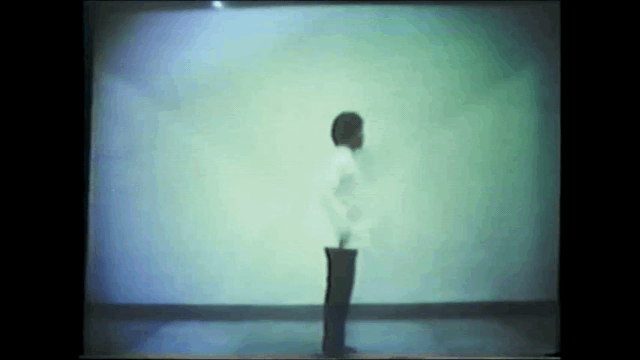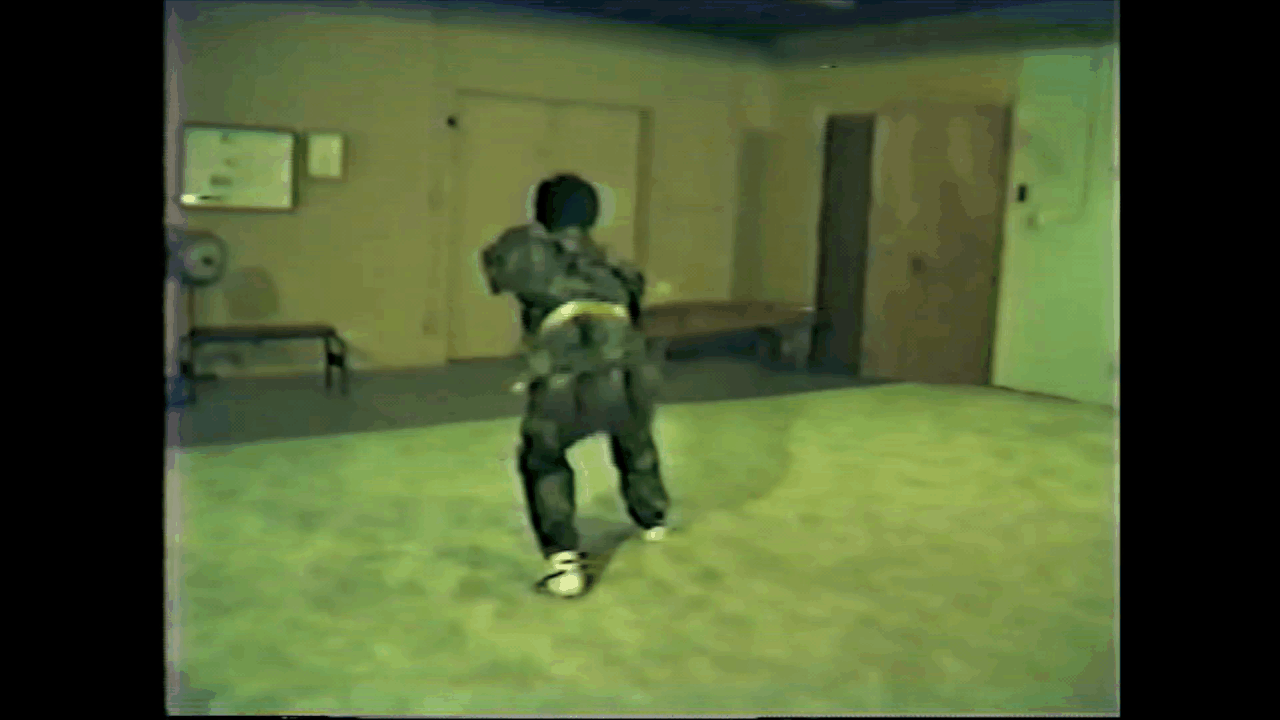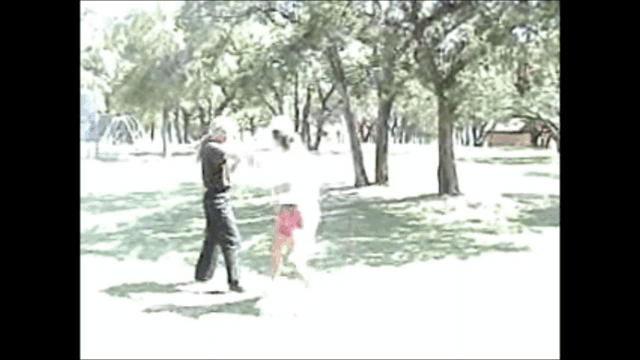I've recently been trying to pick out the "safety flaws" in training and specific techniques. Example would be when learning/practicing a throw and your instructor tells you NOT to perform the throw a certain way as you will injure your partner on their way down. In reality that's the way it should be done if your aim is to injure someone. Hitting with a clenched fist vs loose fist with good bone alignment is another one I've been playing with on the makiwara.
Just a couple of examples among many I'm sure. A degree of wading through this stuff is something I'm interested in as far as getting more functional MA.
Anyone interested in discussing this stuff?
Just a couple of examples among many I'm sure. A degree of wading through this stuff is something I'm interested in as far as getting more functional MA.
Anyone interested in discussing this stuff?




